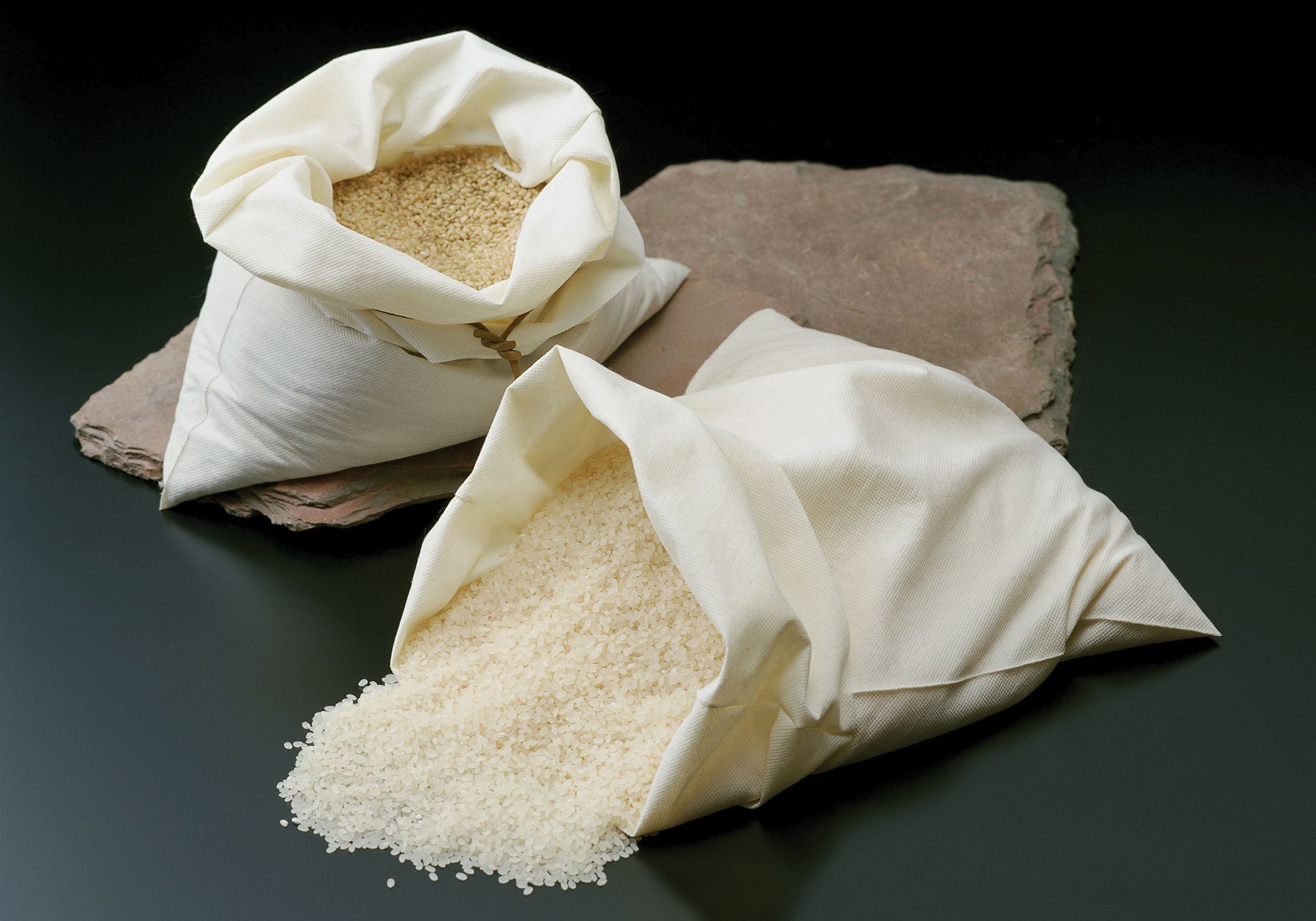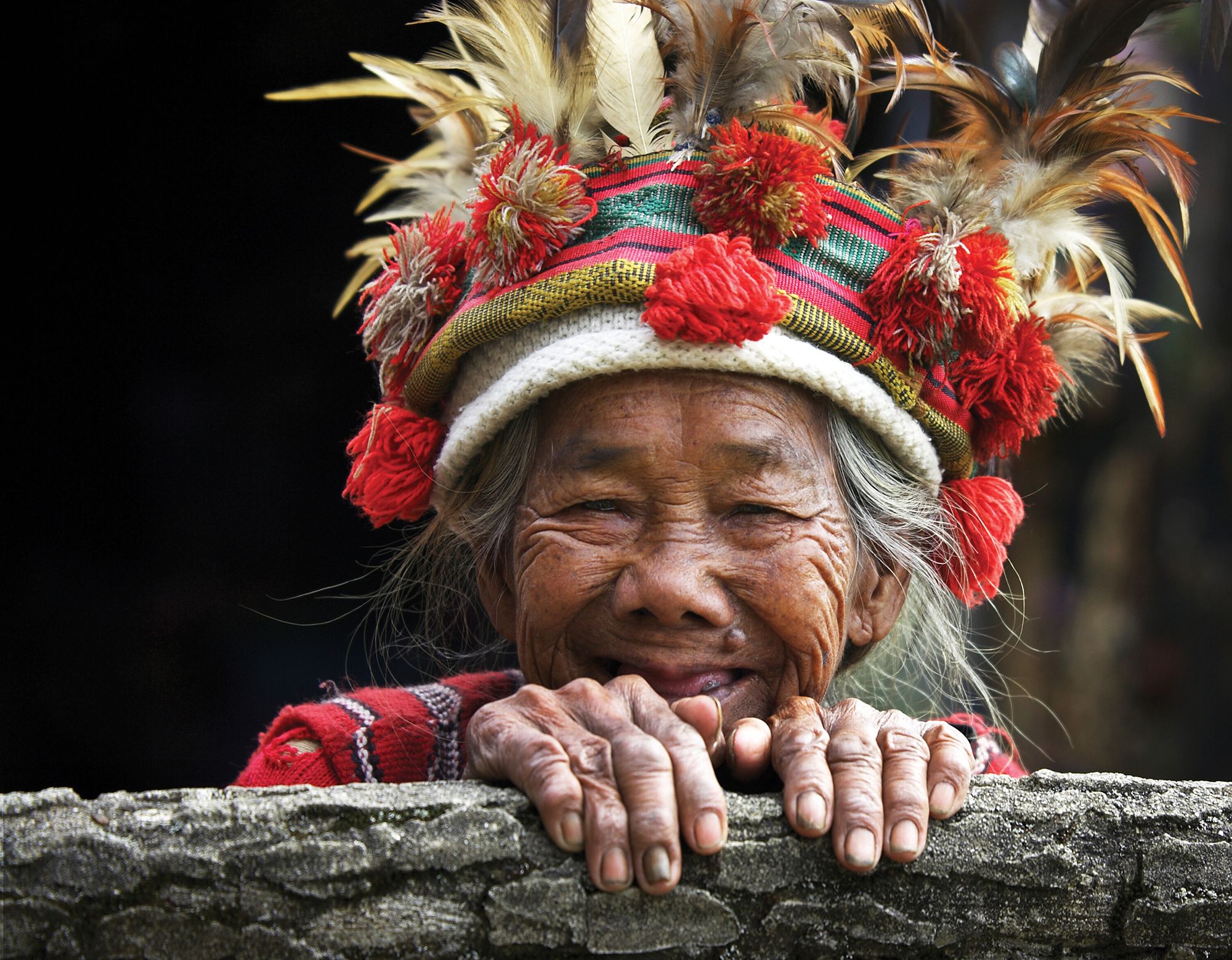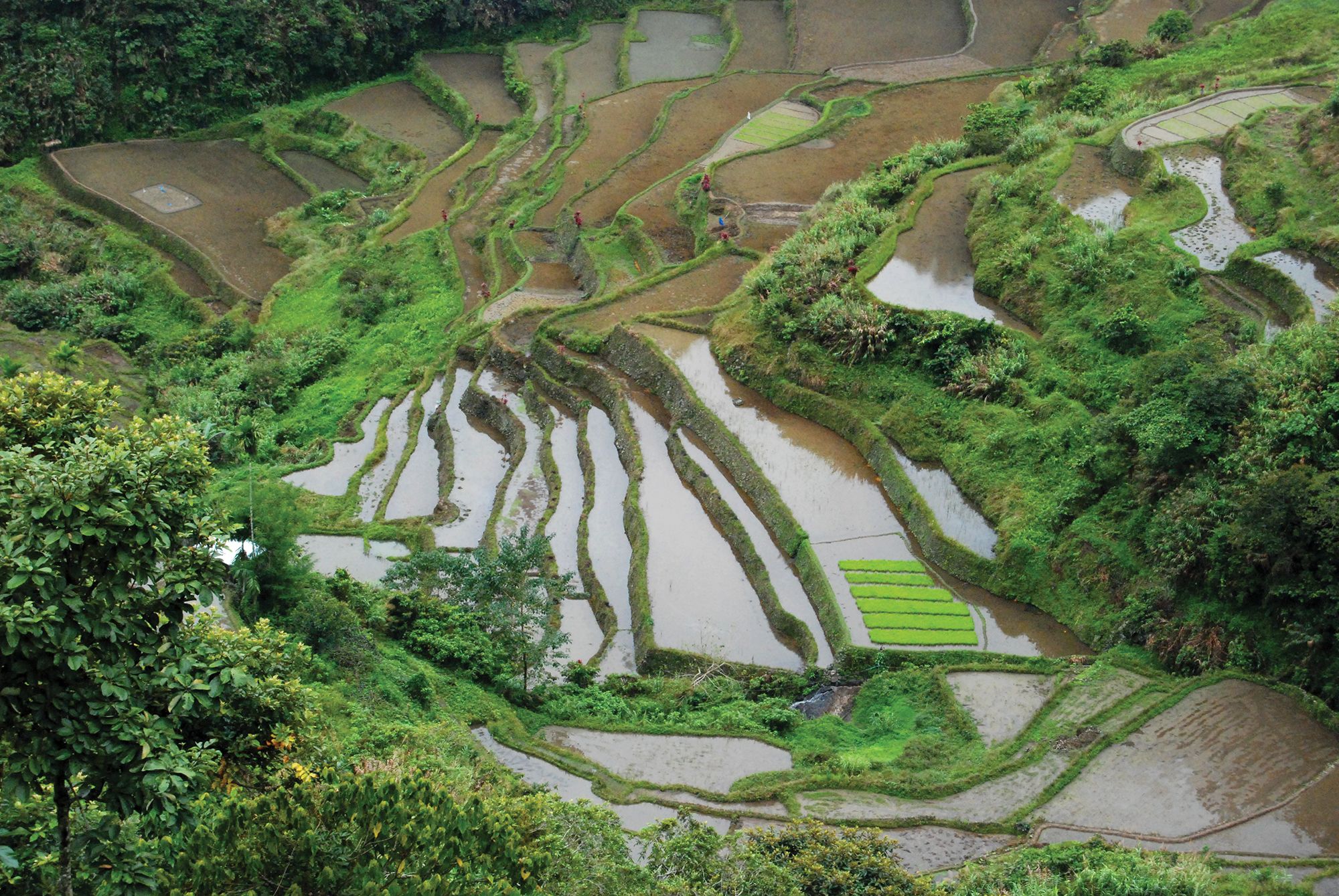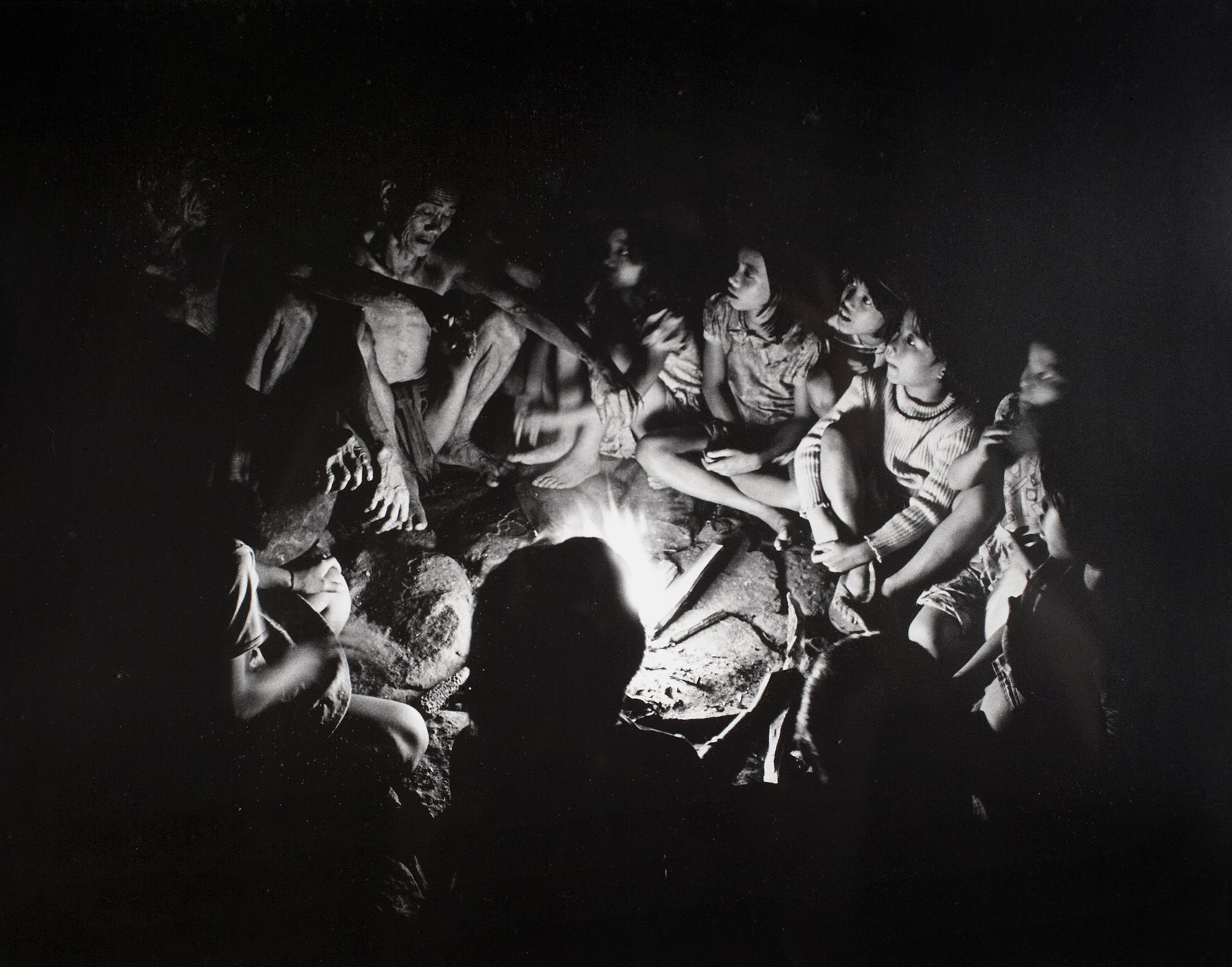The need to save the Banaue Rice Terraces is urgent lest we lose the magnificent treasure that has been fondly called as the Eighth Wonder of the World.
This feature story was originally titled as The Rice Eaters, and was published in the June 2008 issue of Tatler Philippines
By and large, Filipinos—or Asians, for that matter—are rice eaters, but few realise the task that goes into the production of this staple. Most of is see rice already served on our table or the polished grain ready to cook. We do not see the farmers toiling from dawn till dusk, their feet in mud during planting season and their hands scratched and hardened during the harvest season. And even before this, the preparation of the fields with the help of a carabao, or machines if they are lucky, to turn the soil inside out and upside down. Planting rice is hard work, as it is. More difficult if one had to climb up mountains to do so. Sheltered by the Cordillera Mountain Ranges, Ifugao Province is 348 kilometres from Manila and is accessible by land transportation. It is a world traveller's destination for its magnificent rice terraces found in the towns of Banaue, Kiangan, Hungduan and Mayoyao. Ifugao is home not only to the great rice terraces but to a thriving ancient culture that remains a depository of indigenous knowledge, systems and practices.
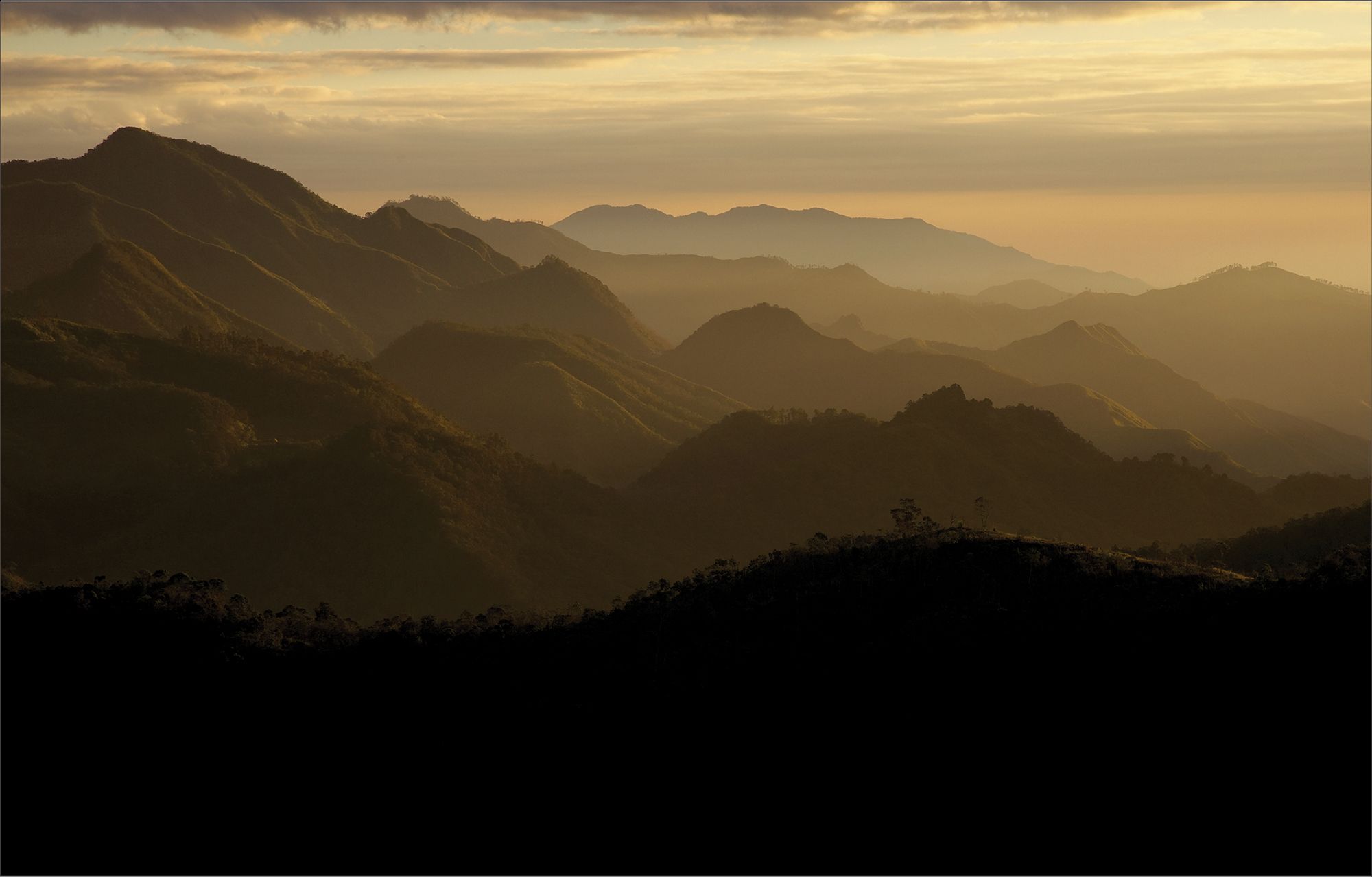
There are many small hotels and inns-cum-restaurants in the capital of Banaue, but the Banaue Hotel and Youth Hostel, run by the Philippine Tourism Authority (PTA), is where one can get a good view of the terraces. The hotel is embedded in an impressionist landscape of greens and boasts of modern amenities and a warm and perky staff. From the hotel, guided tours may be arranged. These may include treks on foot trails to Bangaan and Batad, where one can walk through the terraces.
There is a private museum owned by the Luglug family where one can get a glimpse of Ifugao history and culture. In town are many small shops that display Ifugao crafts—wood carvings, attractive hand-woven fabric, basketry for different uses and accessories like charms, pendants, bangles and other jewellery. A visit to the market gives one a glimpse of the people who chew betel nuts—the produce of the province—and the trading that goes on there daily.


